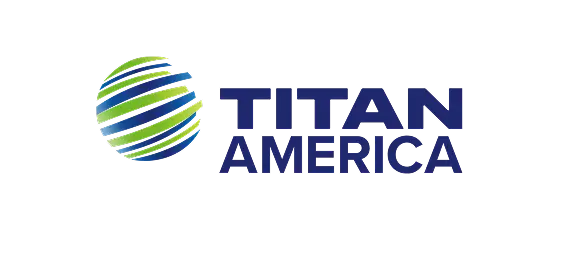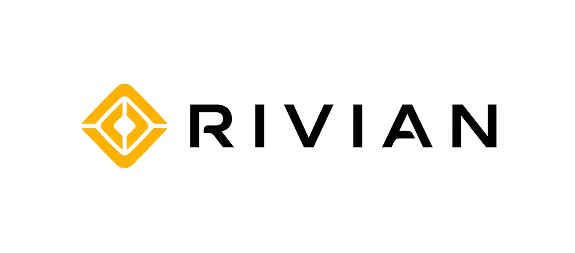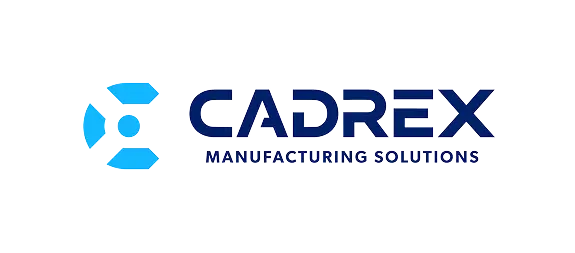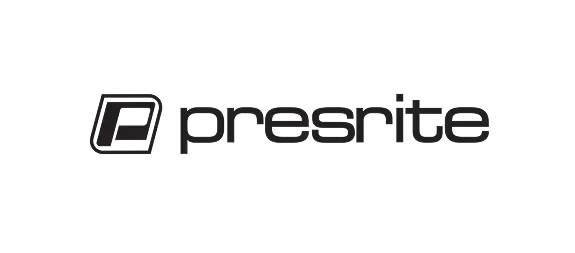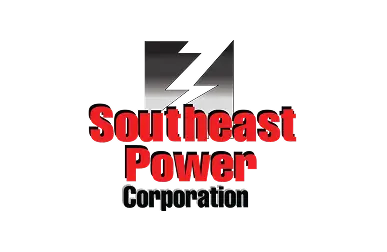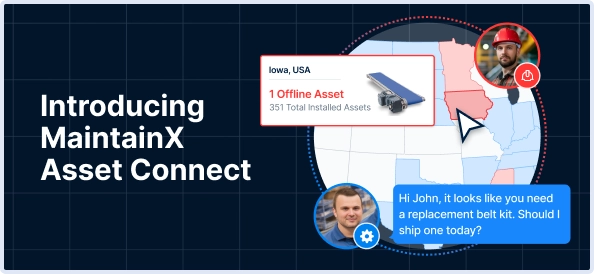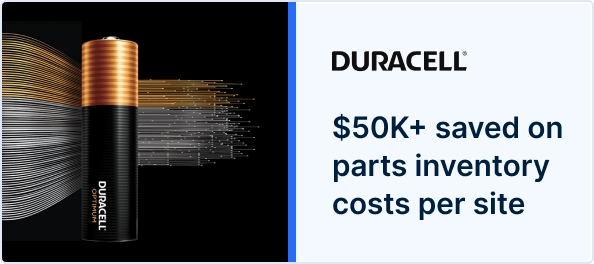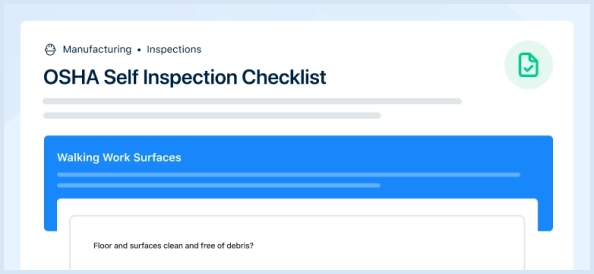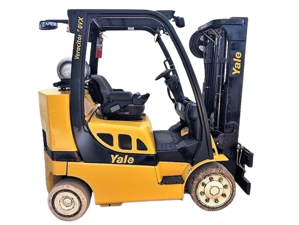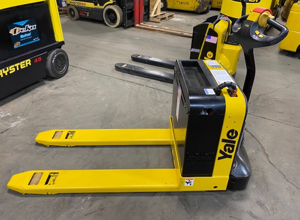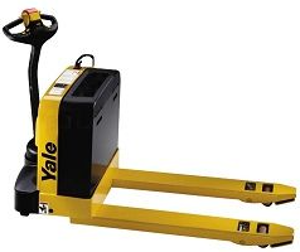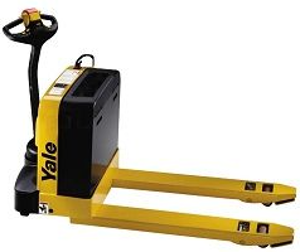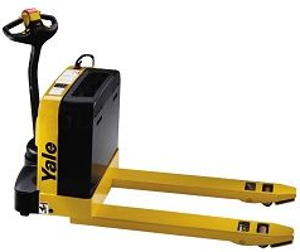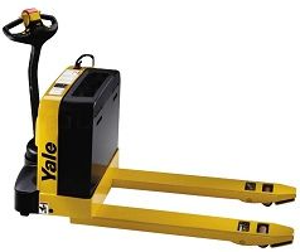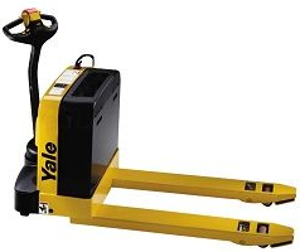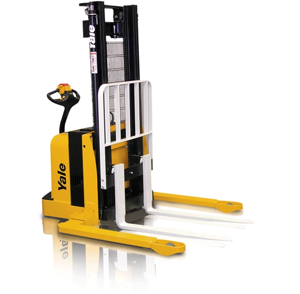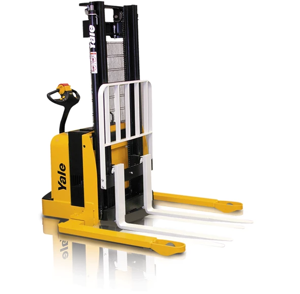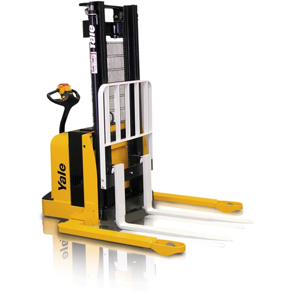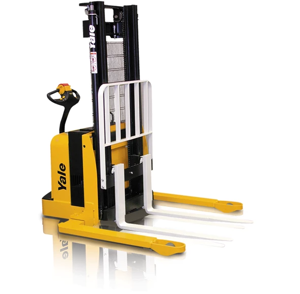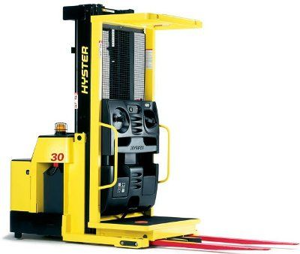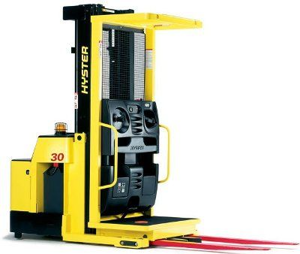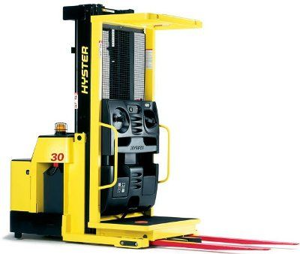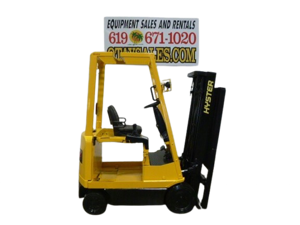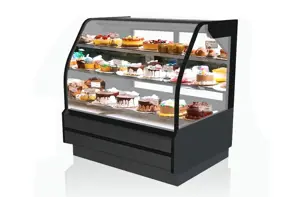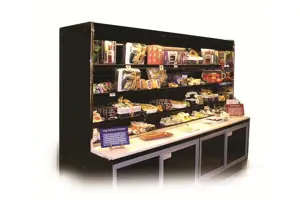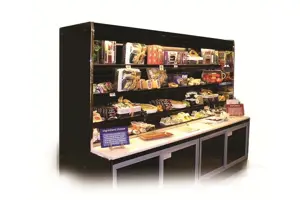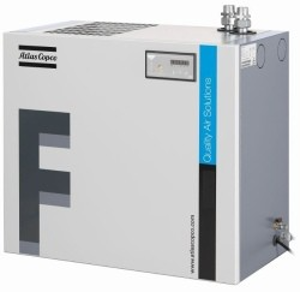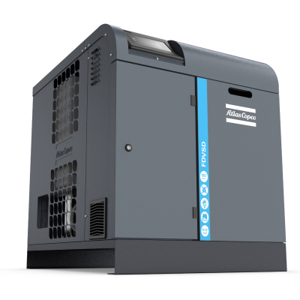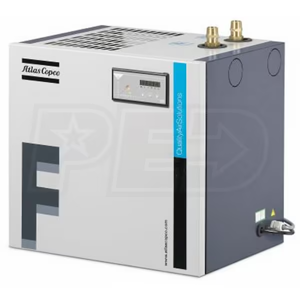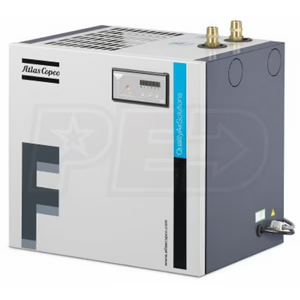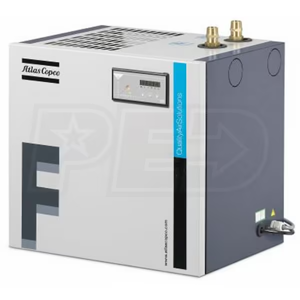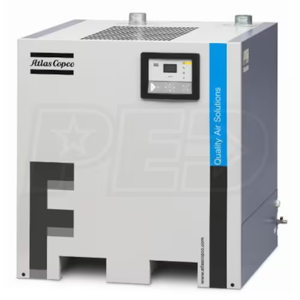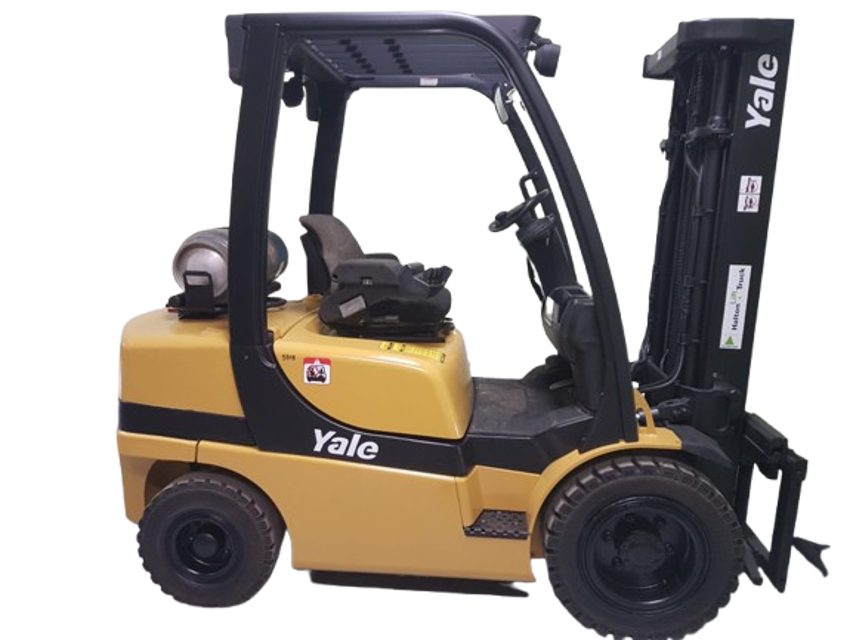

The Hyster-Yale Lift Truck GLP060VXNVRE093 is a robust and reliable internal combustion forklift designed for efficient material handling in industrial environments. Known for its durability and performance, this model excels in lifting and transporting heavy loads with ease, making it an essential asset for warehouses and manufacturing facilities.
Turn manuals into instant answers
with your AI-powered assistantTurn manuals into instant answers
with your AI-powered assistant
Manual for Hyster-Yale Lift Truck GLP060VXNVRE093
Complete asset maintenance, one click away
Get instant access to all the maintenance information you need. Empower technicians to perform preventive maintenance with asset packages, ready to use right out of the box.
Documents & Manuals
Find all the essential guides in one place.
Tensioning Guide
Belt-diagram
C-120 pulleys
+ 13 more
Work Order Templates
Pre-built workflows to keep your asset running smoothly.
Daily Electrical System Inspection
Replace Roller and Pulley
Install Engine B-120
+ 29 more
Procedures
Integrate maintenance plans directly into your work orders.
Motion Industries
Applied Industrial Technologies
Electrical Brothers
+ 5 more
Parts
Access the parts list for your equipment in MaintainX.
Drive Motor
B2 Rollers
Tensioning System
+ 40 more

Hyster-Yale Lift Truck GLP060VXNVRE093
Create an account to install this asset package.
Maintenance Plans for Hyster-Yale Lift Truck Model GLP060VXNVRE093
Integrate maintenance plans directly into your work orders in MaintainX.
Steering Column Cleaning
WARNING! Cleaning solvents can be flammable and toxic and can cause skin irritation. When using cleaning solvents, always follow the solvent manufacturer's recommended safety precautions
WARNING! Compressed air is used for cleaning and drying purposes, or for cleaning restrictions. Wear protective clothing (goggles/shields, gloves, etc.). Make sure the path of the compressed air is away from all personnel to avoid injury
Clean metal parts in solvent. Remove all traces of old lubricant and dirt.
Clean nonmetal parts with warm soapy water and a lint free cloth
After cleaning, dry parts with compressed air. DO NOT dry parts with a cloth.
Sign off on the cleaning procedure
Counterweight Replacement
REMOVAL
If the lift truck has an LPG fuel system, see one of the following Service Manuals to remove the LPG tank and bracket, before removing the coun terweight, and for additional information on the LPG fuel systems
Install a lifting eye in the lift hole of the counter-weight. Connect a crane to the lifting eye and raise the crane until it holds part of the weight of the counterweight. Remove the tow pin and remove the capscrew that holds the counterweight to the frame. Use the crane to lift the counterweight from the lift truck. Put counterweight on the floor so that it has stability and will not fall over. Take care not to damage exhaust or cooling components
INSTALLATION
Make sure the seals are on the counterweight
Use a crane to install the counterweight on the lift truck. When the counterweight is installed, make sure the hooks on the frame fully engage the coun terweight so it is aligned with the parts of the frame. Install and tighten the M24 x 3 capscrew to 555 Nem (409 Ibf ft)
Install tow pin and roll pin. See Tow Pin, Remove and Install for procedures
If lift truck is equipped with an overhead exhaust system, install the overhead exhaust pipe. See the section Exhaust System Repair for the procedures;
Overhead Guard Replacement
WARNING! DO NOT operate the lift truck without the overhead guard correctly fastened to the lift truck
WARNING! DO NOT weld mounts for lights or accessories to legs of the overhead guard. Changes that are made by welding, or by drilling holes that are too big or in the wrong location, can reduce the strength of the overhead guard
See your dealer for Yale lift trucks BEFORE performing any changes to the overhead guard
NOTE: The lift trucks covered in this YRM are equipped with either a high or low overhead guard. The removal and installation procedures for both types of overhead guards are the same
No welding or drilling on legs of overhead guard is permitted as per previous WARNING
NOTE: The lifting device can be connected to any number of positions on the overhead guard depending upon the lifting device available. The ideal choices are a four point sling connected to all four corners on the top of the overhead guard, or a two point sling connected to two opposite corners of the overhead guard
If a single point hoist is used, make sure that the lift point is as close to the center of the overhead guard. If during the initial start of the lift the overhead guard is off balance lower immediately and move the hoist to a more centered point
Connect a lifting device to remove or install the overhead guard. Loosen clamp and disconnect the air intake hose from the elbow. Remove bolls, elbow, retainer, and grommet from the overhead guard rear leg
Disconnect any wires between the frame and the overhead guard. When the overhead guard is lifted from the frame, make sure that any electrical wires are moved through the holes in the frame so that they are not damaged
Operator Restraint System Replacement
The seat belt, hip restraint brackets, seat and mounting. hood, and latches are all part of the operator restraint system. Each item must be checked to make sure it is attached securely, functions correctly, and is in good condition
The seat beit must fasten securely. Make sure the seat belt extends and retracts smoothly and is not frayed or torn. If the seat belt is damaged or does not operate properly, it must be replaced
NOTE: Lift trucks produced after November 2005 are equipped with the Emergency Locking Retractor (ELR) style seat belt
When the ELR style seat belt is properly buckled across the operator, the belt will permit slight operator repositioning without activating the locking mechanism. If the truck tips, travels off a dock, or comes to a sudden stop. the locking mechanism will be activated and hold the operator's lower torso in the seat
A seat belt that is damaged worn or does not operate properly will not provide protection when it is needed
The end of the belt must fasten correctly in the latch
The seat belt must be in good condition. Replace the seat belt if damage or wear is seen
NOTE: The following seat belt operation checks must be performed three times before replacing the seat belt assembly
With the hood closed and in the locked position, pull the seat belt slowly from the retractor assembly. Make sure the seat belt pulls out and retracts smoothly. It the seat belt cannot be pulled from the retractor assembly or the belt will not retract, replace the seat belt assembly
Steering Column Inspection
Inspect for loose, burned, missing, cracked or damaged hardware
Inspect all parts for dents, holes, bends, burrs, rust, corrosion or marred finishes
Replace all defective or damaged parts;
Parts for Hyster-Yale Lift Truck GLP060VXNVRE093
Access the parts list for your equipment in MaintainX.
LPG Fuel System GM
524223758
User Interface
524223770
Diagrams and Schematics 8000 YRM 1407
550001092
Calibration Procedures
524223780
Mast Repair 4000 YRM 1145
550093755
LPG Fuel System GM
524223758
User Interface
524223770
Diagrams and Schematics 8000 YRM 1407
550001092
Calibration Procedures
524223780
Mast Repair 4000 YRM 1145
550093755
LPG Fuel System GM
524223758
User Interface
524223770
Diagrams and Schematics 8000 YRM 1407
550001092
Calibration Procedures
524223780
Mast Repair 4000 YRM 1145
550093755
Unlock efficiency
with MaintainX CoPilot
MaintainX CoPilot is your expert colleague, on call 24/7, helping your team find the answers they need to keep equipment running.
Reduce Unplanned Downtime
Ensure your team follows consistent procedures to minimize equipment failures and costly delays.
Maximize Asset Availability
Keep your assets running longer and more reliably, with standardized maintenance workflows from OEM manuals.
Lower Maintenance Costs
Turn any technician into an expert to streamline operations, maintain more assets, and reduce overall costs.
Thousands of companies manage their assets with MaintainX
